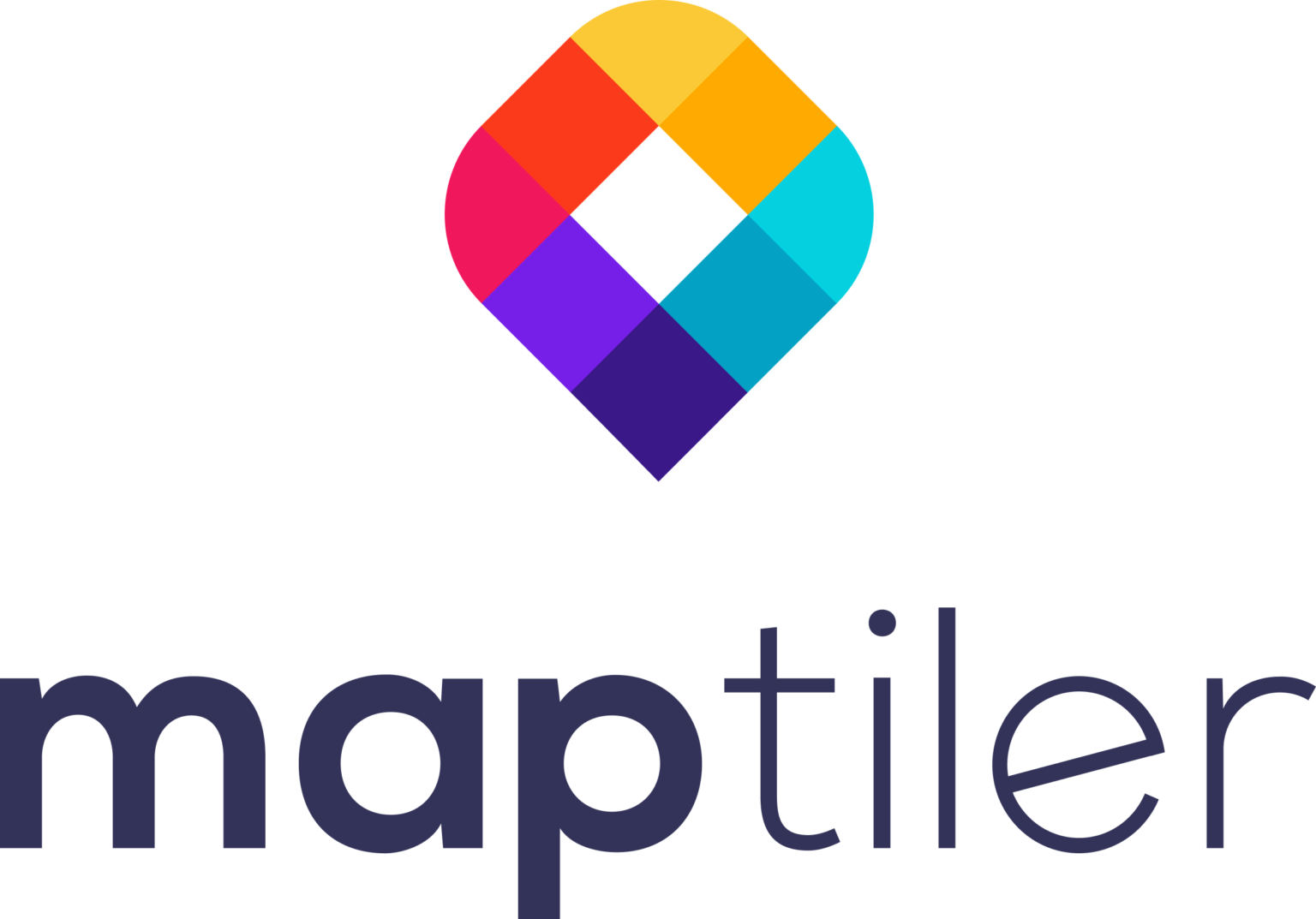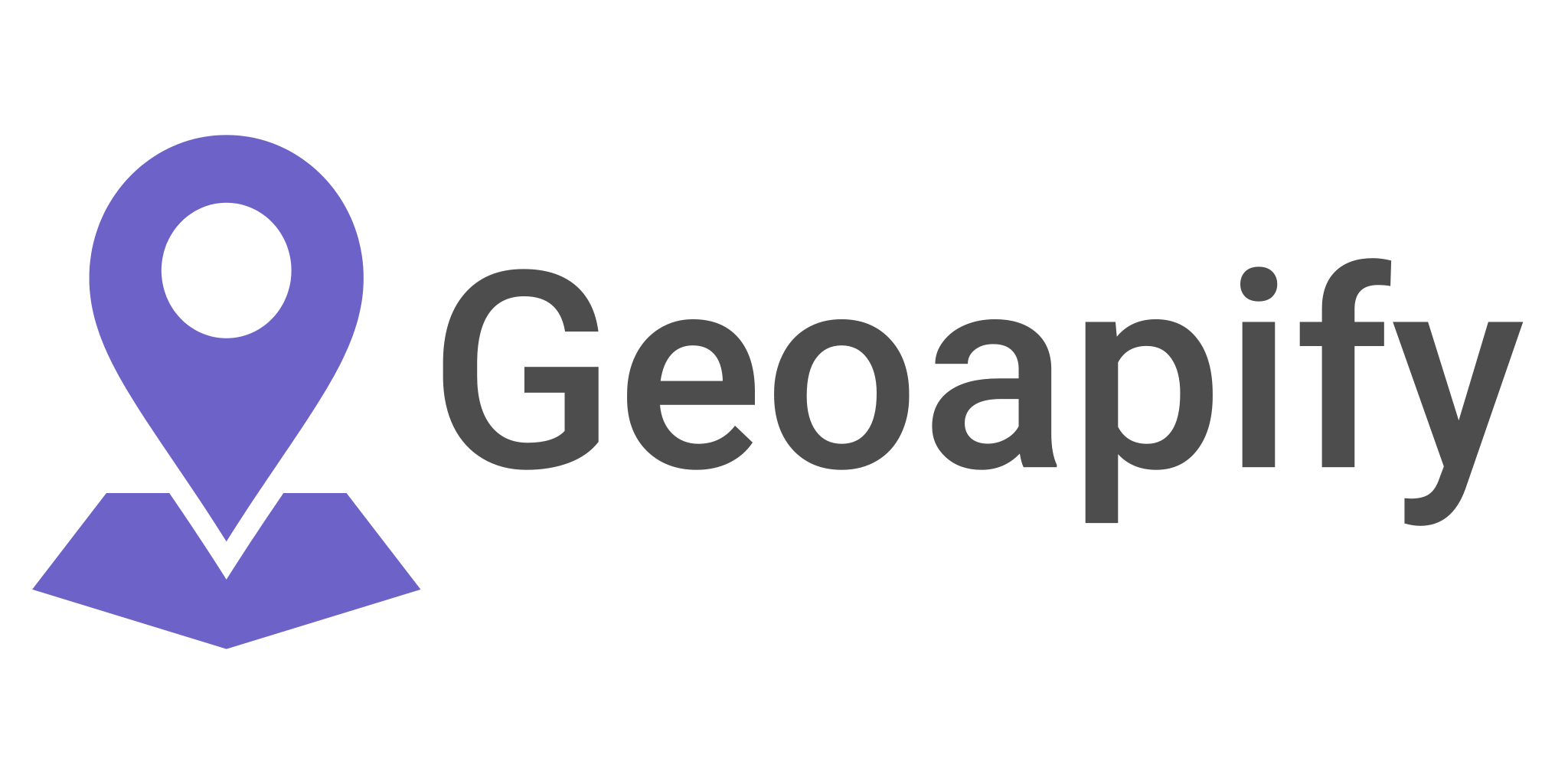Best Online Courses for Geospatial Python
Why Use Python For Geospatial
Python is the most widely used coding language for geospatial work. This is primarily because it’s relatively easy to learn, but still enables a professional level of complex and dynamic programming. Using Python has enabled the further development and integration of GIS into mobile apps, web mapping and other features that require real time cloud access. Python gives the ability to process more data, faster, so repetitive tasks can be made easier by doing batch runs. It also gives you access to spatial machine learning techniques and packages.
GIS job seekers with programming experience and knowledge of Python will be preferred and will get higher salary offers. In fact, many job adverts today will include Python as a desirable skill. So, you have decided learning Python is a worthwhile investment. What are the best online courses to learn Python specifically for geospatial work?
How to Learn Geospatial Python
There are a range of online courses that focus distinctly on Python for geospatial, however, you can also do a straight Python coding course, and then apply that skillset to GIS. Read details about prerequisites and the course outline carefully, because some courses will focus on how to apply existing Python knowledge to geospatial tasks. In this case, you would need a know the basics of coding with Python to get started.
Check out our top picks of the available online courses to learn geospatial Python.
ESRI: ArcPy Essentials
Esri offers the most popular training courses for learning Python, and many of the courses are free. ArcPy Essentials is a learning plan of 8 Python courses for geospatial:
- ArcGIS: Python Overview
- ArcPy: An Introduction
- Python for Everyone
- Python Scripting for Geoprocessing Workflows
- Creating Python Scripts for Raster Analysis
- Update Real-Time Data with Python API
- Get Started with ArcGIS Notebooks
- Creating Python Scripts for ArcGIS (payment required)
Almost all the short courses are available for free, with the exception of the last one which has a hefty price tag well over $2k. The courses build on each other, so you need to complete them in order to get the most out of them, otherwise you may not develop the skills needed to complete tasks in the next course.
Throughout the various courses you will cover how to automate geoprocessing tasks, understand scripting errors, learn to write Python script, and learn how to create dynamic scripts that allow user input. You will also learn how to create real-time maps using recent data and create a feed routine, which is essential for web mapping.
ESRI training course are high quality and well recognized by the professional community. The best thing is, you don’t have to pay for an ESRI license to participate in the courses. You can complete this course using a free ESRI account.
Udemy Courses In Geo Python
Udemy is a platform for people to share and sell their own training courses. Many of the trainers are professionals seeking to share their knowledge, so you know you’re learning the right stuff. Courses are not free, but are available for a low cost if you get them discounted, with some courses starting from $16.99 when on sale. Udemy has a huge variety of courses available, and a small selection of courses specifically focusing on Python for geospatial use.
There is a very broad beginner-friendly course, ‘Survey of Python for GIS Applications’, where you’ll cover an introduction to Python and the different data analysis and spatial functions available. In the more in-depth course ‘Spatial Analysis & Geospatial Data Science in Python’ you’ll use real world case studies to practice processing geospatial data with Python.
With Udemy, you can simply select the course that best suits your learning needs, and budget. You receive a certificate of completion at the end of the course, and lifetime access to the course materials.
Coursera – Quality Short Courses
Coursera is one of a few well-known open-source online education platforms. Coursera is free, but only for basic access, where you won’t have to complete graded assessments and you won’t receive a certificate of completion at the end. However, it’s still a good option to consider. Coursera offers a range of courses developed by partner universities, or a professional working with Coursera. There are some GIS focused courses, and a small portion of those cover the use of Python.
The best options for applying Python in geospatial task are all developed by the Coursera project network, not a specific university. Which means they’re short, bite-sized courses, and all free. Our picks are all rated for intermediate level students, not base level beginners, and they are:
- Geospatial Data Visualization using Python and Folium – This project will have you practicing with a dataset of around 100 taxis operating in Porto, Portugal. You will learn how to process and analyze the data with Python, as well as visualizing the data using Folium.
- Climate Geospatial Analysis on Python with Xarry – In this course you will be using climate data from the Brazilian Amazon from the years 1979-2019. You will learn how to complete both simple and grouped operations with multidimensional geospatial data using Xarray and Python
- Analyzing Covid-19 Geospatial data with Python – This course, while it is listed as intermediate, is probably the simplest of the three. You will be using Covid-19 pandemic data to learn simple geoprocessing tasks like creating Geodataframes from CSV files, how perform a spatial join, and how to display using different map types.
EDX: Visualizing Data with Python
Another quality online learning platform is EDX. EDX offers courses developed by some of the leading universities worldwide, and it’s free to access all courses. Of course, free access does not entitle you to all the premium perks, like assessments and a completion certificate.
There aren’t a lot of courses specifically covering Python for use in geospatial on EDX, but this one ‘Visualizing Data with Python’ stood out. The course is produced by IBM, who are leaders in data analytics, and while you won’t get a certificate for enrolling for free, you will receive an IBM certified digital skill badge. If you do not have a lot of time to spare, this course is self-paced and estimated to take 5 weeks if you’re doing about 2-4 hours per week, which is quite reasonable. The learning modules you will cover include:
- Use of Python libraries like Matplotlib, Seaborn and Folium.
- How to use a range of data visualization tools
- How to create maps to visualize this geospatial data
We really like the course layout on EDX, and feel like this specific course covers a quite a lot, but without requiring any more intense study time.
Geo University: FOSS4g Stack Python Geospatial
Geo University are Estonian based online geospatial educators. They offer a range of courses, for a low price. All courses include a free trial period, so you can test it out first before purchasing full course access.
The most suitable course on offer is Learn the FOSS4g Stack Python Geospatial. You will learn to write Python code, but the course goes more in depth into integrating different spatial libraries into your code and will cover the use of a variety of GIS software. You will use QGIS, learn how to run ArcPy outside of ArcGIS Pro/ArcMap, SQLITE for geodatabase functions, and integrate forms with PostGIS.
You need to have QGIS already installed (it’s free), and it would be to your advantage if you already have some knowledge of Python. All courses are self-paced and if you decide to pay for course access, you’ll receive a digital certificate on completion. You also retain access to all the course materials indefinitely, including updated materials.
It’s interesting to note that the instructor for this course, is also the same instructor who developed many of the Udemy geospatial courses.
Spatial Thoughts: Freely Accessible Course Materials
If you don’t feel the need for video tutorials, and can readily follow along from screenshots and written learning materials, this might be for you. Spatial Thoughts Academy is an Indian based geospatial training provider. They provide a selection of paid online courses, but in some cases, their course notes are freely available online.
A great starting point is Python Foundation for Spatial Analysis covering a broad scope of Python programming skills centered on geospatial data. You can simply follow along with the course notes and complete the exercises as you go. Of course, there is no learning support, but if you already have a solid grasp of Python code you should be just fine.
Once you have completed that, you can progress further and try Mapping and Data Visualization with Python. This course builds on the foundations, covering how to create static and dynamic visualizations with spatial data.
All the Options for Your Geospatial Upskilling Journey
It’s clear there are a range of options for learning Python. Some study options are free, others involve a small cost. However, for each course the outline and individual learning outcomes vary. You should select a course based not only on your budget, but your desired learning outcomes and existing level of knowledge. Ask yourself:
- What is your current knowledge of Python code?
- How do you want to use it and what other programs might you need to understand (e.g. Folium)?
- Are you using ESRI software, or open-source software like QGIS?
We hope this blog was able to highlight some suitable study options for you to learn Python for geospatial processing.
Once you have a bit of general Python knowledge under your belt, try one of the Python tutorials we have right here on MapScaping!
How to Set up a Python Environment for Geospatial Programming







